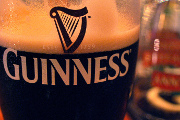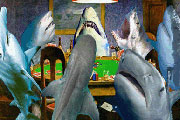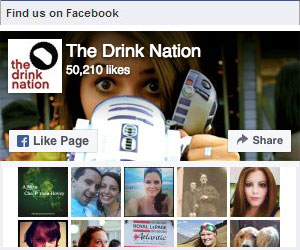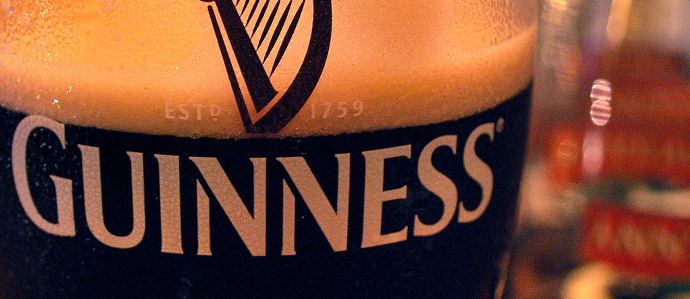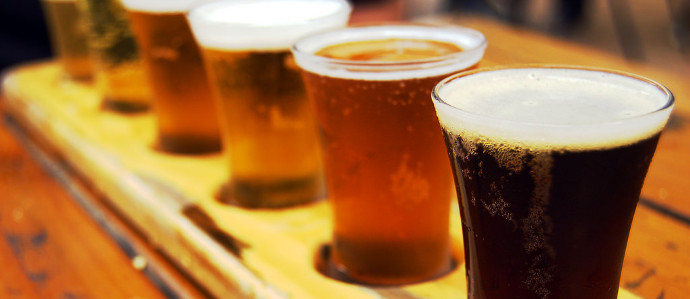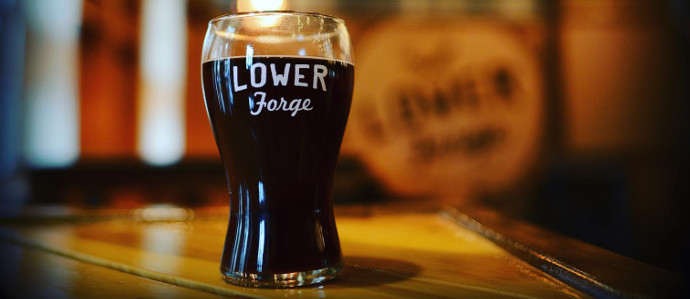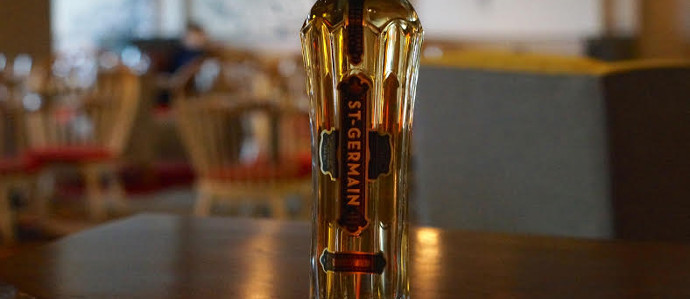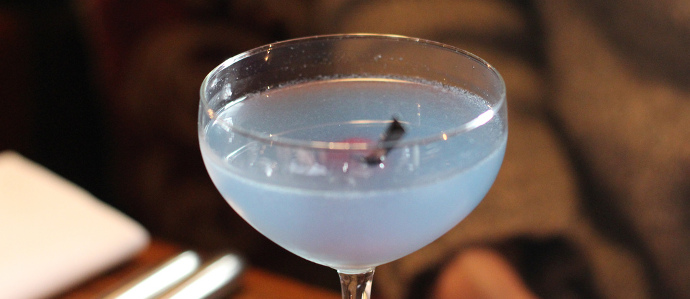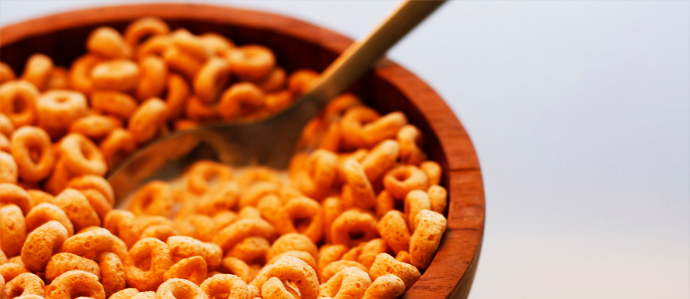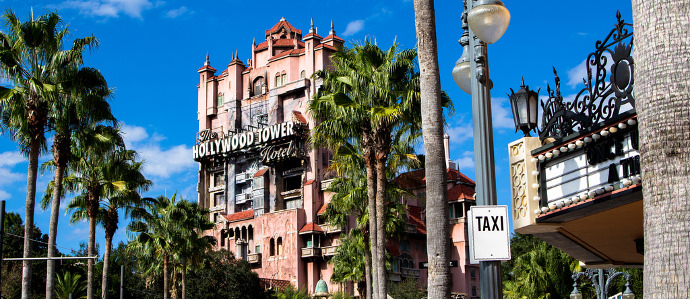The Sudden Success of Whiskey Liqueurs
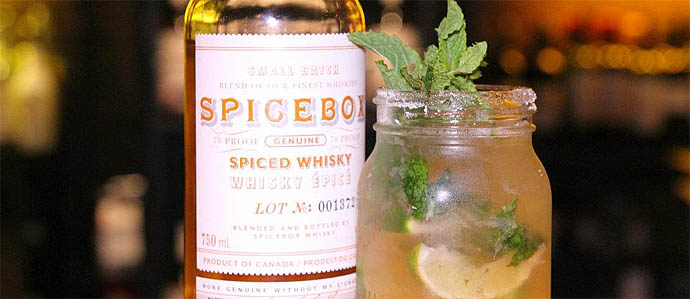
If you're under 50, “liqueur” might be an unfamiliar word. Until quite recently, chances are if you had a liqueur, it was a slammed shot of Jagermeister. Europeans are regular consumers of liqueurs, but Americans tend to go for more straightforward drinks, like beer and wine. When we do drink spirits, we stick to full-proof stuff like vodka, rum, and whiskey, straight or in cocktails.
Once we got out of the 1950s, whiskey-based liqueurs were less than a blip; an occasional sip of Irish Mist on St. Patrick's Day, or a brief college fling with Drambuie was all most of us knew. That's all changed in the past five years with the arrival of bourbon liqueurs, and suddenly honey and cherry are the flavors of the moment.
Wild Turkey American Honey started it, a sweeter version of this standard shooter that started showing up in chiller machines. Jim Beam Red Stag made a huge splash in 2009 with real black cherry flavor married to full-strength, 80 proof Jim Beam bourbon. Heaven Hill quickly followed with their Evan Williams Reserve in Honey and Cherry flavors. Finally, Jack Daniel's Tennessee Honey jumped in with a massively successful launch last March.
All of these have seen strong, continuing success. Predictably, whiskey enthusiasts spurn them as a waste of good whiskey. They may be judging too soon. The higher standards set by mixologists led the makers to step up to better flavors in these drinks. Red Stag and bitters shaken with ice makes a foolproof and serviceable substitute for a Manhattan, and the Jack Honey is a flat-out tasty liquid dessert.
Expect to see more of them, and from other sources. The Canadian-made Spicebox (rich crème brulee notes) and Drambuie 15 (proud single malt characteristics) are shockingly tasty. Whiskey candy? Maybe. But who said whiskey can't be fun?
Photo via Spicebox Canadian Whiskey on Facebook





